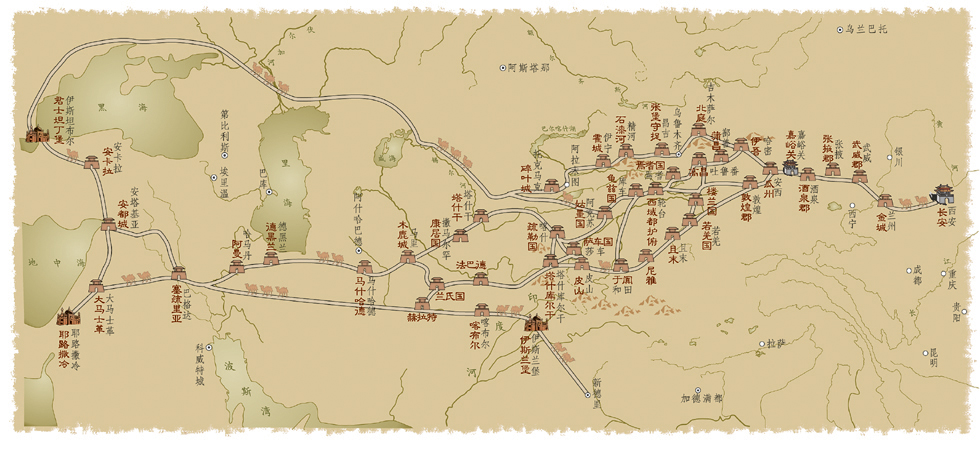Parallel Development of Multiple languages
3 min readSince ancient times, Xinjiang(the Western Regions) has been home to many ethnic groups and the crossroad of Indian Persian, greek and chinese civilizations. As a tool for the intergroup integration as well as economic and cultural exchanges languages both in written and spoken form emerged and fully developed in this region. historically over 30 ancient ethnic groups(or tribes) lived and prospered in Xinjiang, who spoke altogether more than 30 tongues in that region, including, inter alia, Hun, Gandhara, Yutian Sakic, Chinese, Yanqi-Qiuci language, Turkic, Sogdian, Uighur (Huihu), ancient Persian, Tubo language(early Tibetan), Mongolian, Manchu. This region has also seen over 20 written languages, which include, inter alia, Chinese, Khaorosthi, Yanqi-Qiuci script, Yutian script, Turkic Sogdian, Syriac, Uighur(Huihu), Tubo/Tibetan script, Manichean, Persian, Hakaniye Chagatai, Khitan, Uighur Mongolian, Todo Mongolian(Clear Mongolian Script), Phags-pascript and Manchu Most of those spoken and written languages were only used in small communities over a short time span without much impact on other regions. Some of them had died and others mixed with other languages the most significant ones were the uighur (Huihu) script and Chagatai script. The former was the source of modern and contemporary Hudum Mongolian (or, Khalkha Mongolian), Todo script (or, Clear Script of Mongolian), aswell as manchu and Xibe written languages while the latter was the origin of the current Uygur, Kazakh and Kirgiz written languages. The Chinese is the only language that has seenthrough the entire history of the Western Regions since recorded history began in Xinjiang Generally speaking, the north and south of Xinjiang were different in their historical development. In ancient times, in the north lived nomadic people and the south oasis farming groups. The nomads were dubbed as”roaming states”, and their written languages were not as advanced as their spoken ones. For example, the Huns, the nomadic group that ruled the Western Regions from the end of the 3rd century bc to the middle of the 2nd century BC had no written language system despite their advanced spoken language. It was recorded in Story of the huns in Book of Han that the huns called the heaven”Chengli” son”Gutu”and vastness”Chanyu”. Yeda(also known as Hephthalites), the group that was active in Northern Xinjiang from the 4 to 6 century AD and for once controlled CentralAsia and Southern Xinjiang, had no written language as they used wood pieces to record events”.”When they related to other countries, they invited the latter nationals to keep records on sheep skin in their own language. “e Another case in point was Rouran, which ruled the Western Regions in the 5n-6hn centuries. The Rouran people also”kept records by carving woods, without knowledge of written language n a They only began to use Chinese characters to a certain extent after being affected by the chinese culture through interactions with the Central Plains later on. e The Southern Xinjiang was quite a different story. As the agricultural peoples in the south enjoyed a higher level in economic development, they were more advanced in culture, including the spoken and written anguage system. In the latter half of the middle ancient history, such north-south difference gradually faded out through the constant reshuffling of ethnic composition.









